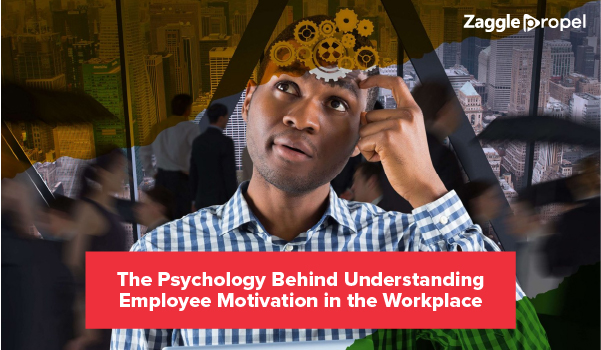Employee motivation is one of the core tenets of a successful business. A motivated employee accounts for better productivity and propagates positive vibes at the workplace. It is infectious and multiplies productivity allowing companies to drive revenue, and efficiency. Companies seeking sustainable growth need help with managing an increasing workforce and identifying ways to motivate them. Employee rewards and recognition programs are a go-to strategy that most employers turn to to engage and motivate the workforce.
Companies hiring people from diverse backgrounds realize that no two employees are alike. In addition to their differing backgrounds and values, they have different personalities and expectations. Implementing employee rewards and recognition programs for such a group of individuals is a challenging task. Despite the differences, the motivational psychology of humans exhibits a common set of needs and motivators that dictate behavior. To plan and implement a successful rewards and recognition campaign, you must understand the psychology behind employee motivation.
Some of the key psychological theories that unravel how motivation works for the human mind translate into better productivity at the workplace.
Maslow’s Hierarchy of Needs
As a foundational theory of employee motivation, Abraham Maslow’s Hierarchy of Needs states that humans are motivated by a set of needs that follow a set hierarchy – physiological, safety, belonging, esteem, and self-actualization. In the corporate world, these can be represented as the need to work in a secure working environment that provides job security, social belonging, recognition, and personal growth.
Herzberg’s Two-Factor Theory
The Two-Factor Theory by Frederick Herzberg essentially classifies the factors that affect work motivation into two categories – hygiene factors and motivators. In the workplace, the hygiene factors can be denoted as salary, work conditions, and office culture, while motivators are employee rewards and recognition programs that truly encourage employees to improve their performance.
Deci and Ryan’s Self-Determination Theory
Psychologists Edward Deci and Richard Ryan posited the Self-Determination Theory that outlines human needs into three categories – autonomy, competence, and relatedness. In this, autonomy is one’s ability to control one’s actions, competence refers to skill and capability to get the job done, and relatedness is the feeling of belonging at the workplace or with co-workers. By ensuring that these needs are fulfilled, companies can achieve employee satisfaction and motivation.
Vroom’s Expectancy Theory
The Expectancy Theory by Victor Vroom states that the basis of employee motivation ultimately lies in their own expectation of how their effort will translate into performance, which will lead to the desired outcome. It emphasizes the need to communicate how employee efforts and contributions will get them accolades when planning employee rewards and recognition programs. This will ensure that rewards are genuinely valued by your workforce.
McClelland’s Theory of Needs
This theory by David McClelland claims that employee motivation is driven by three things – the need for achievement, the need for affiliation, and the need for power. It essentially means that employees are either motivated by
- Achieving excellence in overcoming challenges, or
- Establishing harmonious relationships with colleagues, or
- Gaining influence and control over their environment.
Drive Better Productivity with Motivated Employees
The economic uncertainty has made resource management a challenge for companies. While employees are usually on the lookout for better opportunities, employers can hardly afford to lose top talent. Besides providing competitive salaries and benefits, companies need to get creative in keeping them engaged. Although employee rewards and recognition programs provide a potent strategy to keep them motivated and express gratitude.
Understanding the psychology behind motivation is still half the work. To execute rewards campaigns effectively, companies must automate employee rewards and recognition processes with a solution like Zaggle Propel. Propel is an ideal employee rewards and recognition platform that gives employees a choice to select their gift. It provides a global redemption catalogue for users to pick an experience they want without restrictions. Additionally, with Propel, employers can customize the catalogue with gift merchandise.
Learn more about Zaggle Propel here.


